About
“My goal as an artist is to explore transformative process by creating knives from natural and reclaimed materials. My approach as a craftsman is to work within the creative constraints of the classical tanto form and nihonto handle mounting technology, building on the foundation of 13th century Japanese swordsmithing aesthetic and technique. As a mentor I hope to pass along the values of handwork, careful observation of detail, and the combination of simple tools with highly refined techniques.”
Traditionally crafted knives for people who wish
they could take things home from museums.
Inspired by the Japanese art of swordsmithing, Dave began researching and presenting on the Japanese sword almost 30 years ago and study of the craft became a framework for his knife making. By 1995 he was demonstrating forging at events and teaching his first blacksmithing students. After living several years in Japan he spent a decade focusing specifically on studying classical tanto geometry, forging, mounting, and finishing techniques, applying them to his work.
Highlighting the potential for creative transformation in discarded objects, most of his raw material is sourced from worn out tools, farm machinery, and sawmill equipment. Even the softwood charcoal that fuels the forge is made by hand in a charcoal kiln from scrap wood.
He has been involved in designing and building several traditional forges, including museum exhibits, demonstrations, and an entire kajiba installation that included a timber frame building with earthen walls and charred cypress siding. Over the years he has instructed and mentored blacksmiths and knife makers in person and online and served as forge consultant for web and network productions. The website at islandblacksmith.ca quickly became one of the most accessible online resources for traditional knife making and Japanese swordsmithing techniques in English and is the foundation of the upcoming taiken project.
Unlike most established bladesmiths, Dave has continued to stick with a simple workflow requiring minimal tools and plenty of hand work. This approach lends itself well to those wanting to explore knifemaking without investing thousands of dollars into expensive tools and large spaces to use them in. The taiken project is a curation of the past decade of documentation into an organized format for those wishing to learn the basics, walk through projects from start to finish, or expand their technical repertoire of skills in certain areas.
Community Guidelines
This particular community is dedicated to observing, discussing, and studying the historical techniques of traditional Japanese swordsmithing, blacksmithing, and related supporting craft. To that end the discussion will mostly center around established principles, methods, and materials used by past and present smiths in Japan rather than an open forum of secondhand internet opinions. For the most part the study should focus on antique works and classical forms.
Please respect/credit the sources of reference materials when posting photos or links.
Please respect the following community guidelines to maintain an enjoyable environment:
- Keep conversation respectful, without personal attacks
- Don’t blow up other members’ feeds. If someone isn’t responding to you, let it be
- No pornography, vulgarity, gnastiness
- Keep out behavior that could be seen as trolling/spamming
- Relax, be yourself, and enjoy
